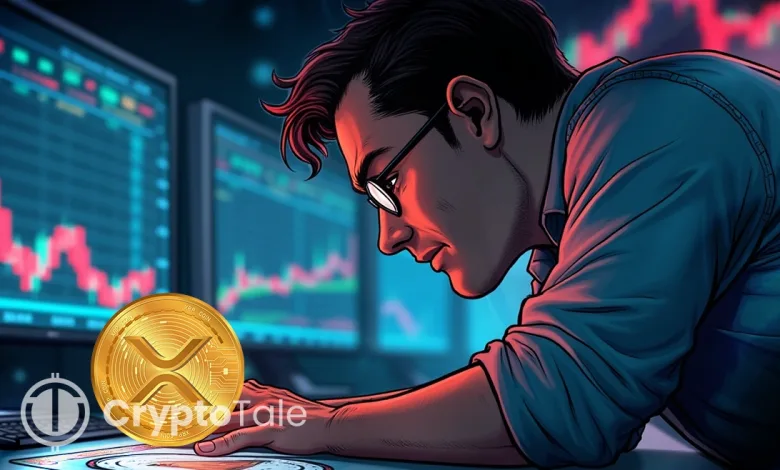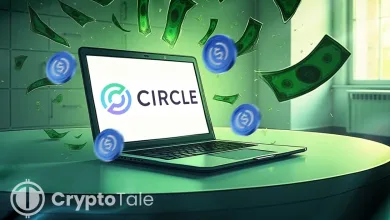Stablecoins Rise While XRP’s Developer Base Weakens

- XRP builders face rising burnout as fewer projects are launching and momentum is fading.
- Stablecoins gain dominance, pulling liquidity from decentralized crypto networks.
- Regulatory pressure favors centralized issuers, slowing innovation across the open network.
During On The Chain LIVE, Chip and Jeff discussed the rising prominence of USDC, USDT, and RLUSD. Much of the discussion centered on the role these assets play in diverting attention from decentralized competitors like XRP. The panel noted that the future of open crypto networks is becoming increasingly uncertain as stablecoins capture more liquidity.
Burnout Threatens XRP’s Developer Momentum
During the recent stream on the channel ‘On The Chain LIVE’, the crypto trader Chip and the host Jeff offered a critical view of the crypto industry. One issue raised during the live was visible burnout among XRP developers. The residents have noted a decrease in new launches, slower development, and a lack of confidence in long-term experimentation. The panel warned that unless the ecosystem has a stronger builder base, it might not remain relevant.
The hosts highlighted Evernorth’s statement from its CEO, Asheesh Birl, regarding the listing of the new ticker XRPN on NASDAQ. This statement was revealed in the Ripple Swell held by the Evernorth Digital Asset Treasury. They discussed that this could change the narrative for XRP, from being “just a crypto token” to being part of a regulated, capital markets structure. They said that if Evernorth executes, it could pave the way for similar offerings and perhaps more regulated products around XRP and other assets.
A viral thread by DS was identified in the discussion, as it has become a point of entry into the burnout in the XRP space. DS noted that dozens of founders have simply stepped out, not because of a lack of talent, but because the ecosystem no longer compensates them for their work.
Stablecoin Growth Challenges Decentralization
The panel related this trend to wider structural exhaustion. They stated that there is no drop in innovation due to a loss of interest, but rather because it is more challenging to maintain momentum in an uncertain environment. Developer energy, once thought unrestricted, is now being put to the test amid shifting stories and uncertain market conditions.
Stablecoins, on the other hand, continue to gain momentum rapidly. The panel observed that the current speed, liquidity, and accessibility standards for RLUSD, USDC, and USDT are now dictating a significant share of on-chain transaction activity. This has led most users to favor stability over volatility.
The hosts say this change will discourage risk-taking and lower incentives to pursue creative projects with uncertain demand. Builders will have reduced visibility and user traction because stablecoins will control liquidity. The concern is that the crypto will be more of a digital dollar system than a decentralized financial structure.
Related: XRP Shows Bullish Momentum as Wallet Growth Hits Record
Regulatory Uncertainty Slows Crypto Growth
The slowdown of the decentralized financial structure is being caused by regulatory uncertainty. The discussion has highlighted that global policies are tilting toward tighter controls, in support of centralized issuers rather than open networks.
The panel related the limitations to a broader geopolitical shift. They indicated that the development of blockchain technology is indirectly influenced by national policy decisions, demographic changes in key economies, and global monetary policies. Rather than empowering the basic level, blockchain is being absorbed into the prevailing power structures.
Another central theme was the community’s health. The panel emphasized that the aim of crypto has never been to speculate on the price but to be based on empowerment, inclusion, and open innovation. When builder morale becomes even lower, the movement will have to lose the energy that has made it transformative.




